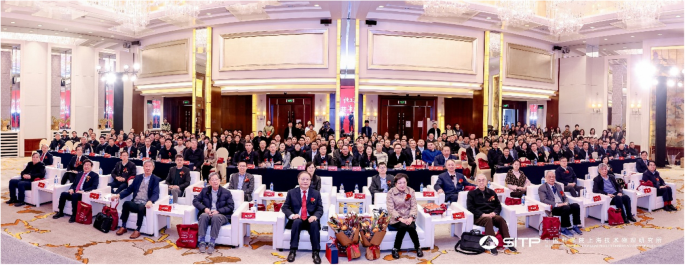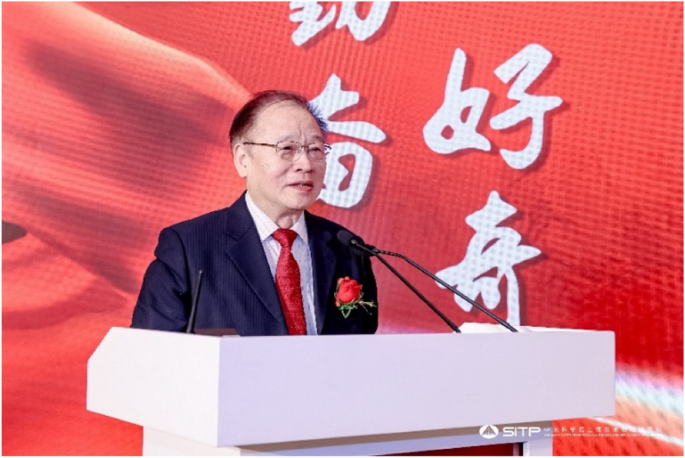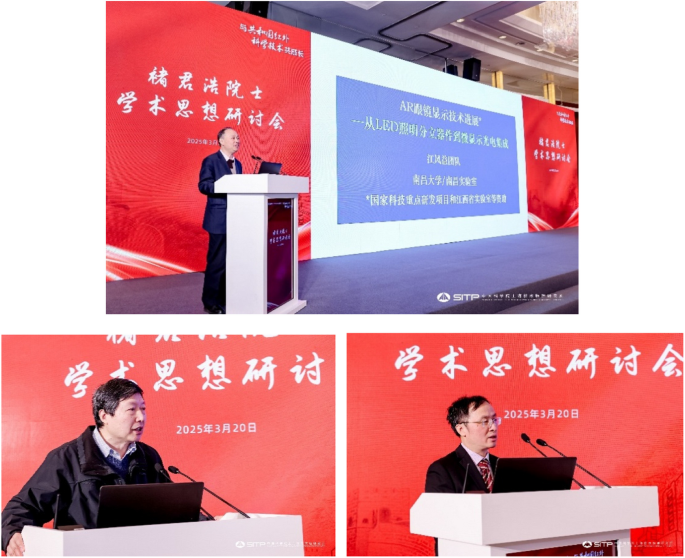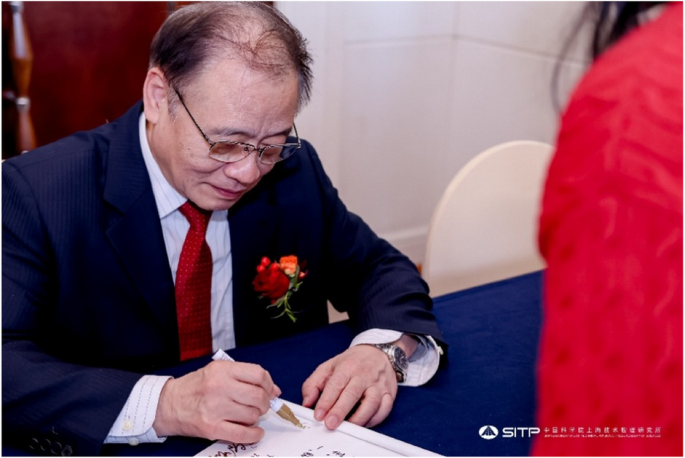Academic seminar on Academician Junhao Chu’s scientific thoughts: Advancements and Perspectives in China’s Infrared Science by Huang Zhiming
On March 20, 2025, the academic seminar, Advancements and Perspectives in China’s Infrared Science: Scientific Contributions of Academician Junhao Chu, was held at Crowne Plaza Shanghai Fudan Hotel to honor Junhao Chu, member of the Chinese Academy of Sciences (CAS). The seminar highlighted Academician Chu’s significant contributions to infrared science and technology. More than 200 attendees, including researchers, educators, government officials, and industry representatives, participated in the seminar (Fig. 1).
In his acknowledgment speech, Academician Chu noted, “At the age of 80, I cannot afford to relax, as my colleague, Academician Dingbo Kuang, at 95, still maintains active research work three days weekly. Time is limited, and numerous scientific tasks remain unaccomplished.” This statement underscored his ongoing commitment and dedication to scientific inquiry (Fig. 2).
Academician Ningsheng Xu, former president of Fudan University, praised Chu’s approach of aligning scientific research with critical national needs. Xu emphasized the strategic importance of Chu’s research outcomes, notably his early identification of photovoltaic conversion efficiency as a core scientific challenge within China’s national research initiatives. This insight significantly shaped China’s strategic planning in energy-related research.
Junhao Chu’s scientific contributions to infrared physics are widely recognized internationally. Notably, he resolved a long-standing scientific problem concerning the intrinsic optical absorption spectrum of mercury cadmium telluride (HgCdTe). Chu also derived the widely utilized “CXT formular,” named after Junhao Chu, Shiqiu Xu, and Dingyuan Tang, which remains a fundamental reference for assessing infrared detector materials. His monograph, “Physics of Narrow Bandgap Semiconductors,” is considered a critical resource in infrared physics literature.
The seminar featured several technical presentations in the morning session. Academician Jiang Fengyi reported recent progress in augmented reality display technologies, while researchers Lu Wei and Huang Zhiming presented advancements in space-based infrared detectors and induced photoelectric effects, respectively (Fig. 3).
The afternoon forum, “Encouraging Younger Generations,” included specialized discussions on nonlinear laser manufacturing, quantum computing, urban power system resilience, organic semiconductor sensor materials, and flexible silicon heterojunction solar cell manufacturing. Experts from Tsinghua University, the University of Science and Technology of China, and various CAS institutes contributed to these sessions.
Academician Chu’s contributions extend beyond research to science popularization. His innovative demonstrations, such as utilizing special materials to achieve optical invisibility, have attracted widespread public interest. During the event, Chu provided signed copies of his popular science publications, encouraging younger researchers to adopt multidimensional and innovative scientific methodologies (Fig. 4).
Attendees recognized Junhao Chu’s substantial academic contributions, his dedication to mentoring younger scientists, and his influential role in ensuring China’s continued global leadership in infrared science and technology.
Author information
Authors and Affiliations
Consortia
Contributions
All authors read and approved the final manuscript.
Ethics declarations
Competing interests
All authors declared that they have no competing interests.
Additional information
Publisher’s Note
A list of authors and their affiliations appears at the end of the paper.





